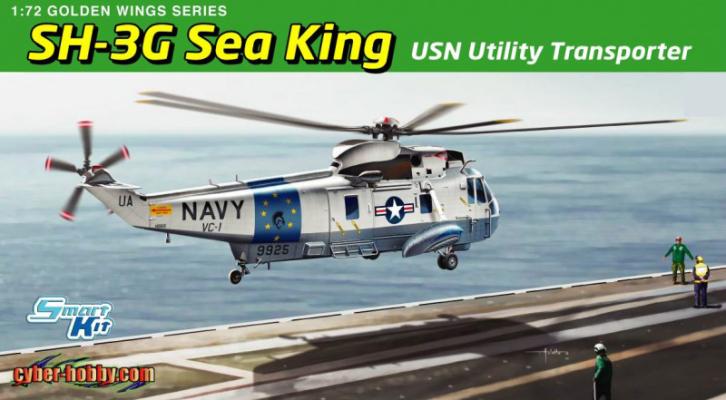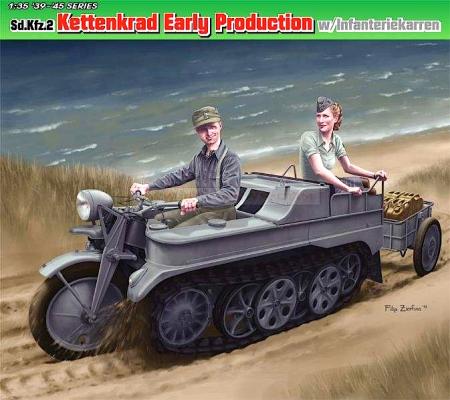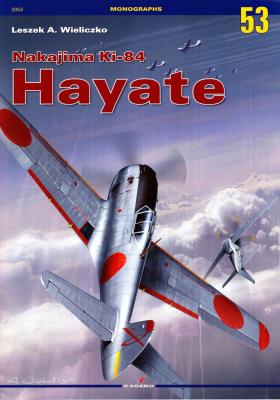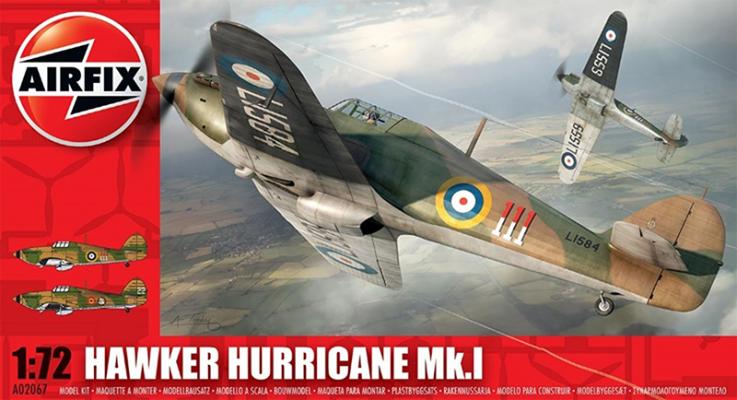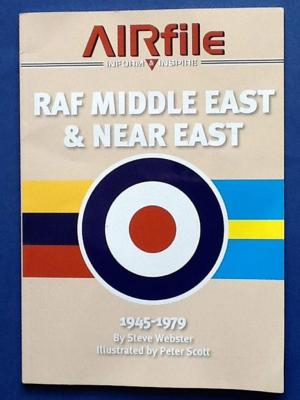The U.S. Navy started converting SH-3A and SH-3D Sea King Helicopters into the Utility version designated SH-3G, eventually converting 105 early airframes into this version. The conversion included removing all of the anti-submarine warfare (ASW) gear and provisions to install 175 gallon external fuel tanks on the lower sponson supports. The G model was also outfitted with an improved refueling system that would allow it to Hover In-flight. Using this system it could hover over a ship and using the rescue hoist cable, bring the refueling hose aboard and fuel. The Navy also strengthened the load area of the floor to handle heavier loads. All SH-3G models were fitted with smaller non-ASW sponsons since it was no longer being used in the ASW role. Some of the earlier conversions were fitted with a gun mount for an M60 machine gun or the 7.62 mm minigun. The main job of this helicopter was ferrying equipment and personnel from ship to shore and back.
Welcome to the IPMS/USA Reviews site!
Introduction: The primary organization of the IPMS/USA Review website is by IPMS/USA National Contest Class. Within each Class there are sub-menus by kits, decals, books, etc. The Miscellaneous Class is for items that are not class specific or that cross two or more classes.
IPMS/USA Members: We encourage you to submit reviews, both here and to the Journal. To volunteer for membership in the IPMS/USA "Reviewers Corps" and submit your own reviews, please read the Guidelines For Submitting Product Reviews.
Manufacturers, publishers, and other industry members: IPMS/USA is pleased to offer your company the opportunity for product reviews. All product reviews are performed by IPMS/USA members, and are posted in the publicly-accessible section of our website. With very few exceptions, we perform full build reviews of new kit releases, aftermarket products, and supplies. If you would care to provide product samples for review, please contact John Noack, IPMS/USA 1st VP.
To learn more about IPMS/USA, please see our About Us page.
Dragon Models has re-released their Kettenkrad kit and bundled it with a trailer called an Infanteriekarren (or ‘Infantry Vehicle’). Originally produced back in 2001, this new boxing comes with a small sheet of photo-etch in addition to the trailer.
The boxtop image, instructions and contents represent the later production version with the solid armored sides, even though Dragon calls the new release the ‘Early Production’. You will have to make some small modifications, as well as carve out the plastic sides to represent the actual tubular frame of the earlier vehicle if that’s what you’re going for.
History
As quoted from the introduction in the book "The Nakajima Ki-84 Hayate, known as "Frank" in allied jargon, was one of the best IJAAF (Imperial Japanese Army Air Force) fighters during the final year of the Pacific war. Featuring an enclosed cockpit and retractable landing gear, this all-metal cantilever low-wing monoplane of an elegant body was the successor of the previous Nakajima fighters - Ki-43 Hayabusa and Ki-44 Soki. The Ki-84 proved it's value fighting in China and the Philippines, although the highest number of these machines were lost there, too. When in the hands of an experienced pilot, it was a good match for the best of Allied fighter aircraft. After the war a small number of Ki-84s served with the Chinese air forces, taking part in the civil war of 1945-1949".
Airfix keeps expanding their 1/72 scale airplane line up and their latest release is the Hawker Hurricane “Fabric Wings” model. It is nicely molded, with no signs of flash and clean recessed lines together with raised detail to simulating the fabric wings ribs.
Construction starts with the wheel bay. At that point make sure you have parts A05 and A06 properly lined up, or you will struggle when installing the landing gear later. From there it moves to the cockpit which goes together very well. There are no issues to report there. The fit is positive all around and make a credible rendition of a front office for the scale.
This book is the latest release from AIRfile Publications and covers Royal Air Force operations in the Middle and Near East from right after WW II up to 1979. I had forgotten how involved the British have been in the Middle East in times past. They have had a long history there and played a significant part in the development of several nations. The turmoil and hostility in this region we read about every day is not new. The British have dealt with the violence in this part of the world almost since their arrival.
In the first couple of pages, the authors give a brief history of the area and trace the presence of the RAF from WW II to the late ‘70s. Then the book is divided into four chapters, broken down by the years of British involvement:











